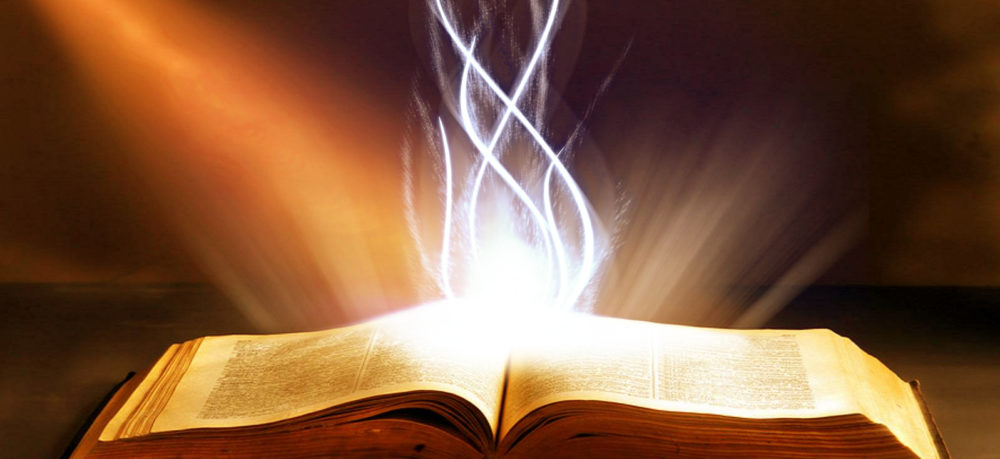Preached on 17 April 2011
Matthew 21.12-17
We are Easter people. We believe that God raised Jesus from the dead. We believe that Jesus is ascended into heaven and sits on God’s right hand. We believe that death has lost its sting and the grave its victory.
Yet this year, once again, we begin our journey through this holiest of weeks to enter, as fully as we can, into the terrible suffering and death of our Lord.
I say “as fully as we can” because we are Easter people and we can’t forget that. For us the darkness of Gethsemene and Golgatha are grim markers on the road that leads beyond death to resurrection. But they are not the final despair and agony of a young life cut short when it had promised so much.
But how do we get from that promise, the great shouts of this morning
“Blessed is he whom comes in the name of the Lord,
Hosanna in the highest”
to the cruel shouts of Good Friday,
“Let him be crucified”, “Crucify him.” ?
Jesus enters the city of Jerusalem riding on a donkey and hailed by crowds of people as their king.
He leaves the city for the last time with his skin flayed and bleeding, his raw shoulders burdened with his own instrument of death and hostile executioners taunting him with cries of
“Hail, King of the Jews”
During the time in between Jesus frequently confronts religious leaders who try to trick him into saying or doing something that would count as blasphemy.
He attacks them for their hypocrisy and lack of integrity and his controversial teachings on God’s final judgment cause outrage and hatred among the Pharisees, the scribes (teachers of the law) and the chief priests.
None of these differences are new. They’ve all arisen before during Jesus’ public ministry. But here in Jerusalem they come into sharper focus, tension and hostility mount so that in the end a final “showdown” is inevitable.
And the first drama and controversy takes place while the children’s cries of “Hosanna” are still echoing around the Temple in Jerusalem.
We’re told that Jesus drives out money-changers and both buyers and sellers from the Temple, reclaiming it as a house of prayer for all nations.
This area of the Temple was known as the Court of the Gentiles and was open to all men and women. It had become, though, a market place sanctioned by the priestly authorities. It was the place where people could buy animals or birds for sacrifice. To do that they needed to have the special currency used in the Temple which explains the presence of money-changers.
Big business (and maybe corrupt practices) associated with sacrificial worship was being carried out in the temple precincts.
Throughout his ministry Jesus has been critical of the way Pharisees, teachers of law and priests practice their religion. He has taught with authority on how he believes the Law of Moses should be followed. Now he is seen as setting himself above religious authorities, declaring that sacrificial worship is no longer acceptable to God and that “something bigger than the Temple is here”.
Matthew portrays this event as a deliberate and unmistakable challenge to the system. It identifies Jesus with the long expected Messiah who would renew and purify the temple desecrated partly by false worship of God’s own people. Matthew tells this story immediately after Jesus has ridden into Jerusalem on a donkey to the cries of “Hosanna”.
That in itself was a challenge. The Messiah many were expecting was to be political king who would put an end to Roman rule in his kingdom. But Jesus, riding a donkey, and being hailed as the rightful king of the people of Israel wants his reign to be one of peace and service. He has come to rule hearts and minds of men and women, not wage war on their oppressors.
So in the first day of his arrival in Jerusalem Jesus has stirred up excitement, controversy, disappointment and maybe hatred too among both the religious leaders and his own followers who had hoped he would prove to be a different sort of king.
So where does this leave us?
Tom Wright, in his book “Matthew for Everyone” asks this question:
“Which institutions in your country have become corrupt, so that they now serve the opposite purpose from that for which they were set up?
Where do you see systems which were supposed to enable people to worship and pray, but which have now turned themselves in the opposite direction to the message of Jesus?
What can you do about it?”
But I’d like to suggest that we also take a good look at ourselves, the things we carry in our hearts and minds. Things that may have served a purpose once but are now not needed. Things we wish hadn’t got there in the first place and hidden things that have gone unnoticed.
A bit like going through our summer wardrobes at the start of the season we might find old grudges, neatly folded but perhaps just a little faded or grubby. Minor irritations that we flung in there and shut away out of sight. Dislikes and prejudices all hung up and ready to wear. Things we’ve grown out of but never discarded.
Perhaps this Holy Week we could have a really good sort out in our lives, examine what we find, decide on the things that need to go, choosing to make space for the new, freshand perfectly fitting life God offers to us in Jesus.
Let’s pray:
God of our salvation,
help us to turn away from those habits
which harm our bodies and poison our minds
and to choose again your gift of life,
revealed to us in Jesus Christ our Lord. Amen.
(Collect for third Sunday before Lent, Common Worship)
